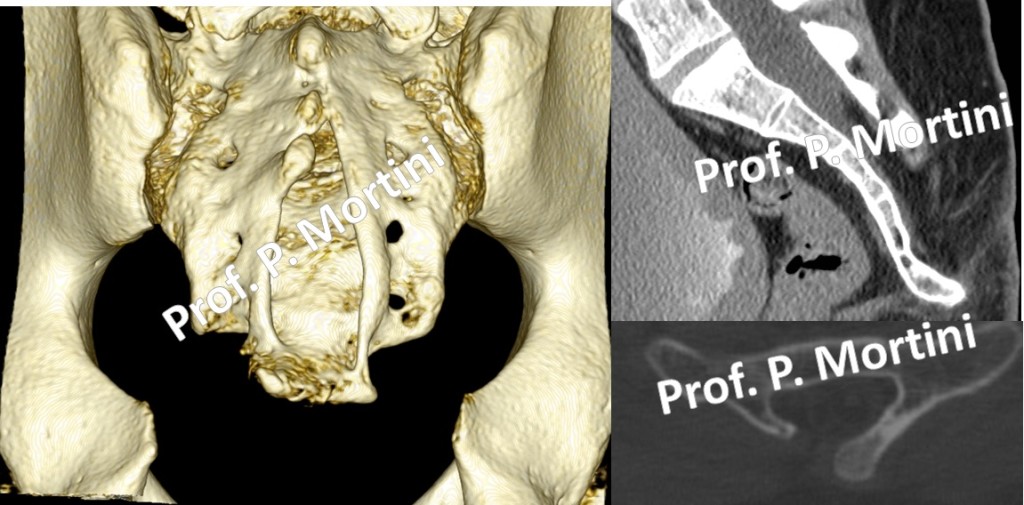Spina bifida is one of the most common birth defects compatible with life.
Technically it means an open spinal column, but has come to specifically relate to those instances when not only is the spinal column open, but the spinal cord is incompletely formed and is exposed to the air, the aperta form.
The much more common form is the closed or occulta form which is probably of little significance and seen widely in the population.
The spinal cord forms in the first few weeks of gestation. In addition to genetic and environmental associations, it is felt that folate deficiency may be an underlying factor in its development.
Besides the failure of the spinal cord to form and close properly, other defects can occur in the development of the nervous system.
These include
- hydrocephalus
- syringohydromyelia
- Chiari malformations
In addition there are potential disturbances with the
- bowel and bladder function
- both extremity and spine related problems
- respiratory and swallowing difficulties
These problems are due wholly or in part to the disturbance in the nervous system.
The diagnosis can often be made on the basis of a high resolution ultrasound or elevation of maternal alpha fetal protein levels.
Other times it is not recognized until birth.
It is widely accepted that most children born with spina bifida should be aggressively treated both medically and surgically.
Recommendations are for early closure of the back and spinal cord as well as management of hydrocephalus if indicated. The important thing to realize is that this operation is designed specifically to prevent infection or ongoing trauma to the exposed spinal cord and not to return function which is not present at birth. This is not an insignificant distinction. Hydrocephalus is usually present in @80-90% of children with spina bifida and should b e treated when determined, usually before discharge from the hospital.
As many different parts of the body and nervous system are potentially involved, the child will need to see numerous physicians and therapists for follow up.
Another entity which is common in children with spina bifida is known as Chiari Malformation. There are different forms of Chiari malformations, but most are either Type I or Type II. To simplify things, all children with spina bifida have some degree of Type II malformation.
The thing to realize, is that while it is present radiographically it may not be causing the child any symptoms and therefor does not necessarily need to be treated.
The type of symptoms that can occur with Chiari malformations include
- repeated aspirations
- apnea
- neck pains
- complaints of weakness or funny sensations in the arms.
Usually, surgic al treatment for Chiari malformations is reserved for those children with clear evidence of progressive symptoms not for findings on an MRI.
 English
English Italiano
Italiano